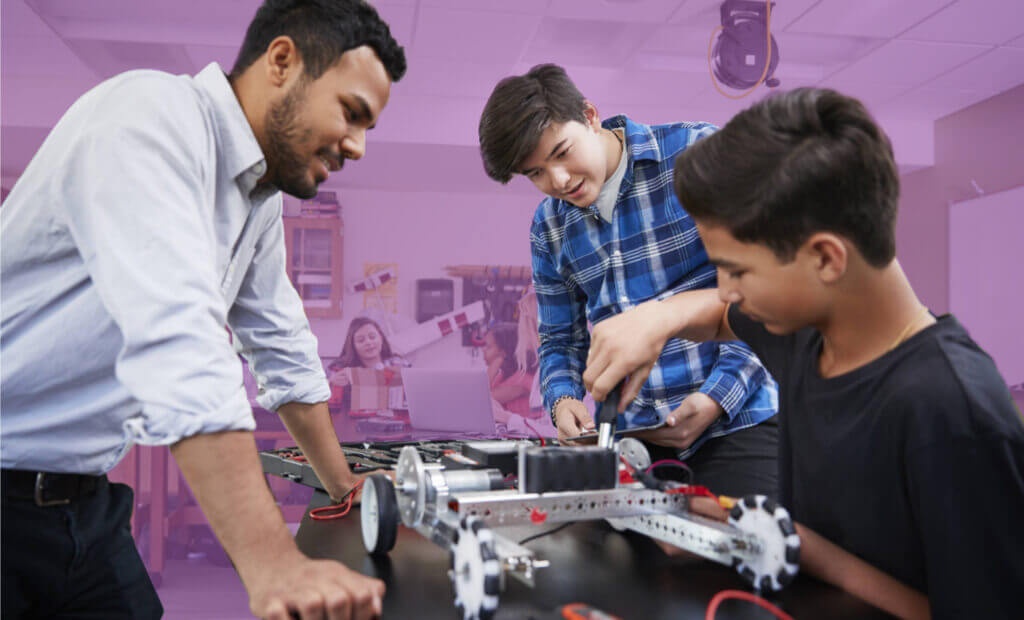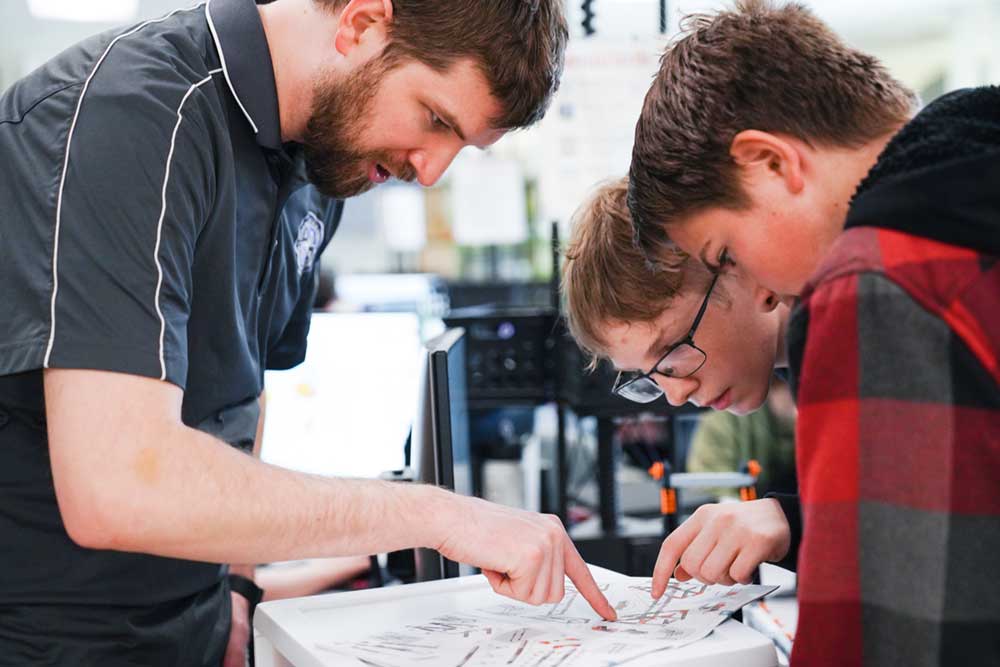Digital Learning Lessons from the Field: Choice, Choice, Choice
We recently made an ALL-CALL to our educator community asking them about their digital learning experiences—what were their biggest ahas and what would they do differently.
Over the next few weeks, you’ll hear about these lessons and how you can use them to enhance your students’ digital learning experiences.
Choice Is Essential
Choice is not a new concept to educators. We know from research that providing students choice in their education—whether that’s choice in their partner, project, or the technology they use—increases student motivation.
While some students have an inherent desire to learn, many lack that same passion for self-growth.
In the brick-and-mortar learning environment, students have a number of extrinsic factors that motivate them to engage in the learning process. Some may strive for good grades. Some live for social interactions with their peers. And some just want the consistent prompting from their teachers to stop.
In shifting to digital learning, many of these factors go away. Some districts are not requiring grades for the rest of the school year. Social interactions are limited. And an email or message on Google Classroom from their teacher doesn’t have quite the same impact as an in-person interaction.
Now, more than ever, is the time to shift our instructional model to encourage students to be intrinsically motivated to learn. How do we do this?
Randie Orong, a SmartLab Facilitator from Nevada, shares her experience.
“I learned that making assignments that I had chosen did not work for my students. For example, I asked them to work on an assignment on extreme weather. Even though they could choose which type of extreme weather they wanted to research and present, many simply weren’t interested in doing the assignment.
The one tactic that is working is giving the students a variety of challenges they can choose from and complete at home. I also gave them the choice to change the challenge to fit their environment and the materials they had available.
I’ve really enjoyed this student choice and have been able to see the hands-on creativity, imagination, and problem-solving skills my students have.”
Taking a page out of Maria Montessori’s book, you can start by giving students options for the learning activities they complete. This could be the week’s assignments or a menu of activities that engage students in the same concept or skill development. Allow students to complete the assignments at their own pace and in their preferred order.
With this minor change, you may find your students complete more assignments, but don’t seem any more intrinsically motivated to learn. This is not something that can be achieved with a worksheet or teacher-directed lesson, even in a digital format. This is achieved by making learning meaningful and interesting.
Leverage Open-Ended Activities
As Ms. Orong can attest, open-ended activities that students can customize or modify is a minor change that has major rewards.
First, identify the skills or concepts you want your students to apply in the activity. Think of the skills or concepts as essential stepping stones your students need to take to complete the activity successfully. Next, design the context and purpose for the activity.
Example:
Skill or Concept: Understand area and perimeter.
Resource: Use this ThinkerSpace Challenge in which students are challenged to design a common space that meets social-distancing guidelines.
Challenge: Calculate the amount of materials they need to build the space.
Skill Application: Students need to calculate the area to determine the amount of flooring required and calculate the perimeter to determine how many feet of drywall they need to build the walls.
Next-Level Challenge: Ask students to work within a budget.
In a SmartLab, every learning engagement begins with a challenge. These challenges are intentionally open-ended as it gives students the ability to customize the challenges based on their interests and backgrounds.
While students may be challenged to design an object on Tinkercad, it’s up to them to decide what the object will be and how it will be used. One student may design the most comfortable video game controller while another may design a cooking utensil that allows them to crack an egg using only one hand.
Whether you start small or totally transform your digital learning activities, remember that providing choice will aid in the shift from extrinsic to intrinsic motivation to learn.





